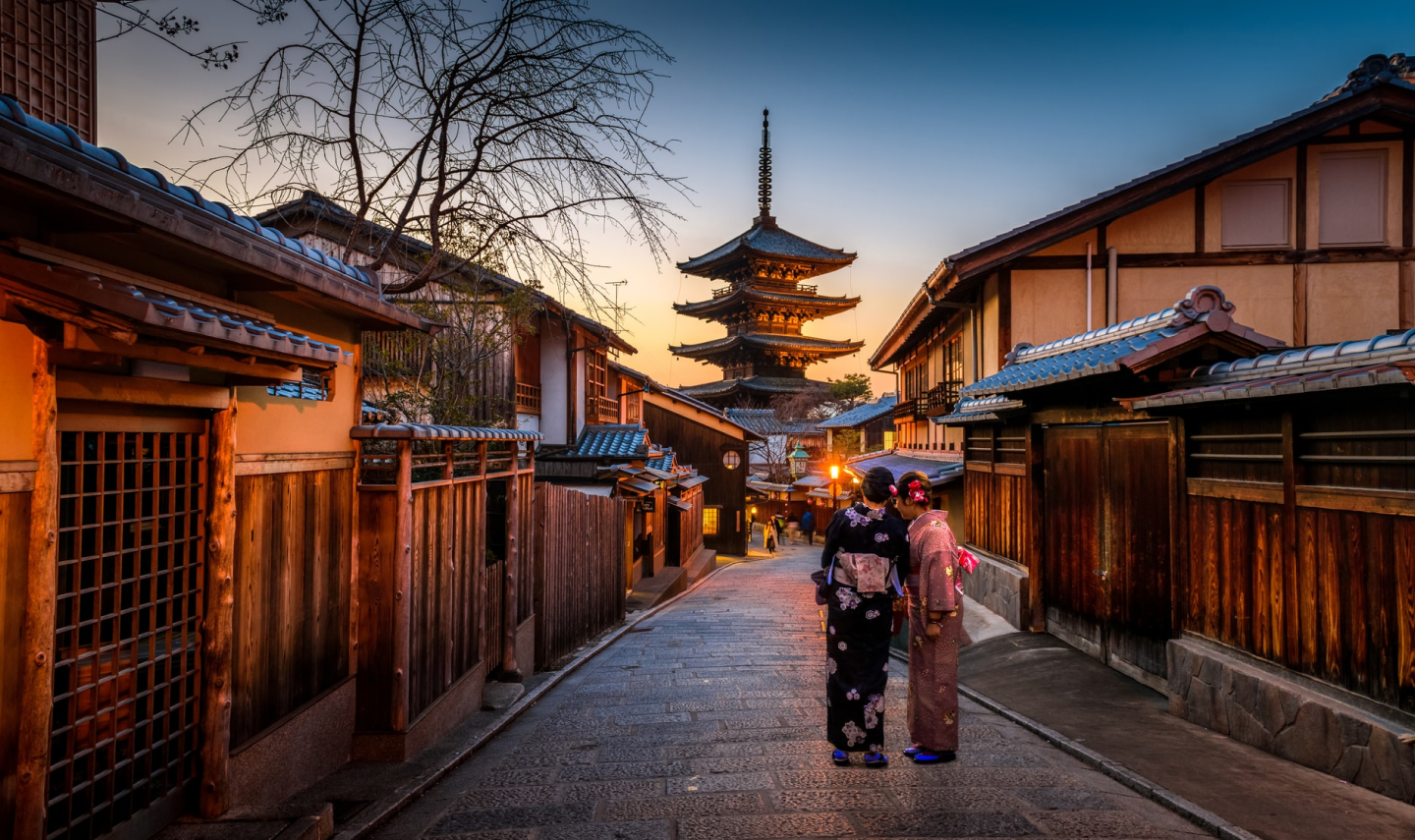A winding journey through the eerie Himalayan foothills of Tibet’s Qomolangma National Park, stopping frequently to photograph Mt. Everest’s imposing silhouette, takes you - at last - to the secluded Rombuk Monastery. Stepping out into the late afternoon light, you’ll find yourself facing one of the best views on the planet: the last of the sun’s glow illuminating the snowy summit of the world’s most legendary mountain.
Location: Qomolangma National Park
Duration: 2-3 days
Accommodation: Rombuk Monastery Guesthouse and/or Everest base camp (EBC) tent hostels

What to expect on the road to Everest...
As you drive away from Tingri town, you’ll leave the trappings of urban life behind and settle in to a different pace, where time is measured by something more ancient than clocks. The power of the landscape is immediate and intoxicating, reaching a new high every time you catch a glimpse of Mount Everest - Mt. Qomolangma itself - growing closer.
Eventually, you’ll arrive at Rombuk Monastery which, at almost 5000m above sea level, is the highest monastery in the world. This simple spot is a dream come true for anyone fascinated by Everest; photographers perch further up the hill to capture the mountain at sunset, Michael Palin waxed lyrical about his stay here, and the early climbing expeditions in the 1920s and ‘30s often passed through.
The monastery is home to a handful of Buddhist monks and nuns, who’ll show you a rare glimpse of their cloistered life within its walls, and next door is the Rombuk Monastery Guesthouse that offers satisfying meals and private rooms with picture-perfect Everest views.
After a restful night, you’ll travel the remaining 6 km to Everest base camp. Though you can take the shuttle bus, walking allows you to take in the little details which may otherwise be missed: prayer flags fluttering in the breeze, a tiny monastery with an underground meditation room hidden beneath the rocks, and the otherworldly, spiritual stillness of your surroundings.
When you get near to base camp, the atmosphere changes and fills with a sense of determination and purpose. Looking over the ridge into the valley, you’ll see the cluster of yellow expedition tents housing those embarking upon the Great Climb.
The tents up on the ridge (for those visiting but not climbing) are decked out in bright traditional fabrics, have yak dung stoves for keeping warm and can sleep up to ten people in a shared central space. If you’re feeling intrepid, you can spend the night here, soaking up the camaraderie of the camp and waking early to see the sunrise over Everest’s celebrated slopes.
This trip is definitely one for adventurous travellers who don’t mind basic facilities. The WCs at Rombuk Monastery are squat holes in the floor, and there is very little in the way of running water or washing facilities, so bringing your own bathroom requisites is essential. Accommodation in the tent hostels is dorm style, so you may be sharing the tent with travellers you don’t know, but there are sometimes more modern bathroom facilities available (such as chemical loos).
--
If you’re planning a trip to Asia, take a look at our Tibet tours or speak to one of our knowledgeable travel specialists.











